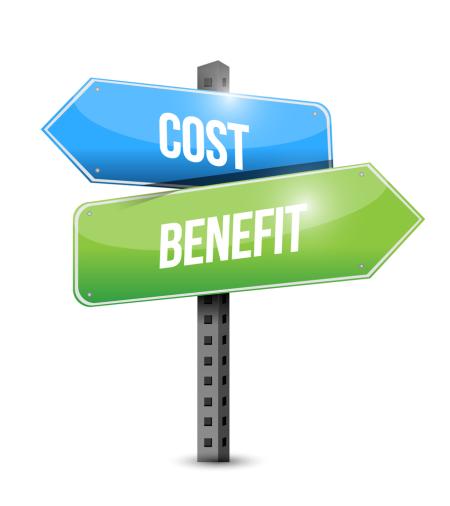Image:

Resource description:
The tool is intended to be used primarily for strategic planning (thinking about different management scenarios), for developing business cases, for reporting impacts, and for supporting instrument design. It is best applied at a broad scale. It is not suited to detailed analysis of short-term or localised impacts: these require deeper analysis of case-specific details.
The tools to be further developed seeks to link fairly simple land-use typologies, GIS data layers and value transfer methods to provide strategic input to land-use and management discussions.
Author/Contact:
Rob Tinch: robtinch@gmail.com
Publication date:
Requirements:
- The method has certain data requirements though these are not onerous for simple applications. The main work is in developing a typology that meets the requirements of the task and matches the data categories available.
- Main needs are land-use/cover and land management data, used to develop a descriptive typology, and value transfer data needed to link each land type with a certain set of management costs and ecosystem services benefits.
- Spatial socio-economic data are also needed to perform value transfer and take account of non-linear area: value relationships.
Advantages:
- The tool could be applied anywhere. The original application was to UK forestry. In OPERAs we are attempting to expand this to (1) a marine example (Balearic islands seagrass conservation) and (2) a large-scale international example (Circum-Med agricultur
- All ecosystem services can in principle be incorporated, depending on data availability and the requirements of the case.
- Scenarios can be developed regarding different future strategies or paths for changing land-use and management.
Constraints:
- Where the measurements are linear in the areas of different land-types, valuation is relatively straightforward. More challenging situations arise where values are non-linear and depend for example on availability of substitute sites.
- The marine case in particular faces the issue of a three dimensional environment (seabed and water column) plus high connectivity, making the typology approach challenging.
- The Circum-Med example attempts to link with LPJmL modelling, which is a challenge for applying a typology approach
Licence:
- Free, no licence
Development stage:
- Early access - beta phase